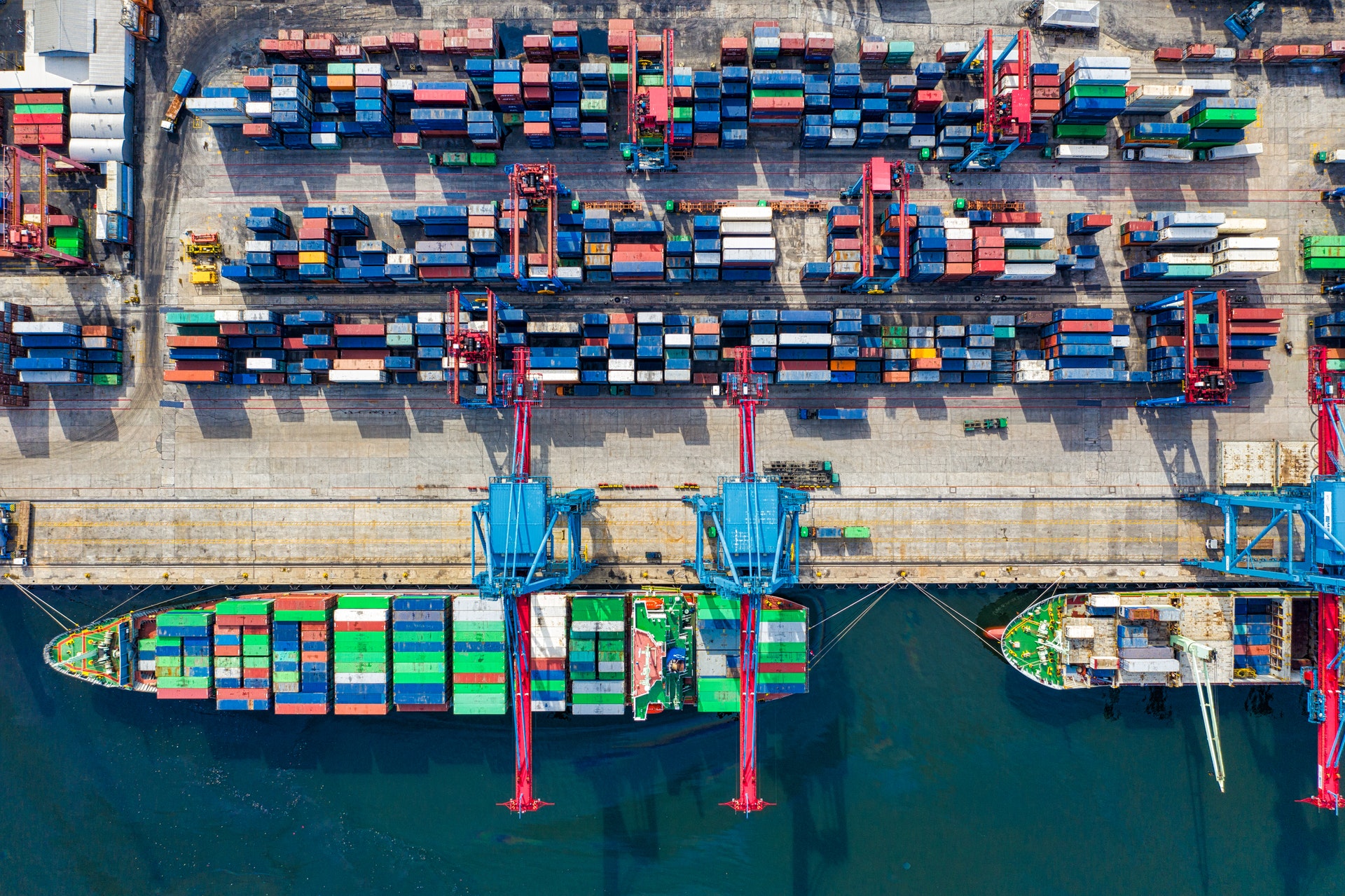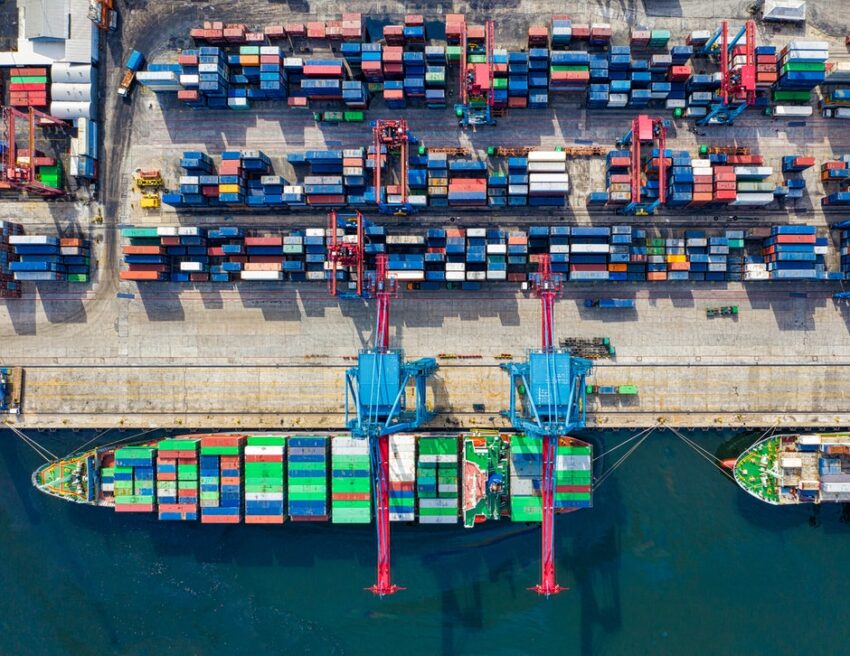The Chinese President Xi Jinping launched the Belt and Road Initiative (BRI) back in 2013. The BRI is an infrastructural project of enormous proportion whose objective is to connect China to several economies across Europe, Asia, Africa, and beyond. The BRI entails two parts. The Belt- aims to recreate the ancient Silk Road land route while the Road implies a maritime route through the seas. The primary aims of this project are financial integration, unhindered trade, and better connectivity.
Keep reading this article to find out about the details of BRI and its implication on the international transportation and logistics industry.

Explaining the BRI
According to President Xi Jinping “In pursuing the Belt and Road Initiative, we should focus on the fundamental issue of development, release the growth potential of various countries and achieve economic integration and interconnected development and deliver benefits to all.” This initiative encompasses a number of projects aimed to promote the flow of cargo and financial investments. Some of the specific goals of the BRI as mentioned by the Ministry of foreign affairs are as follows:
- Enhancing interstate communication for better facilitation of government policies for better regional cooperation
- Fostering enhanced infrastructural plans for the connection of power grids and systems of transport
- Promotion of the growth of soft infrastructures like better economic integration, alignment of regulatory standards, and signing of commercial agreements
- Reinforcing connection among people in the BRI countries by encouraging tourism and cultural exchanges
As per an estimate by the Asian Development Bank, the developing Asian nations will collectively need $26 trillion as an infrastructural investment for sustaining growth. State-owned Chinese companies like China Railway Construction and China Communication Construction are investing in the BRI project. Additionally, over 300 deals relating to the transportation and logistics industry have already been signed till date. The important investor for the logistics sector is China Energy Engineering, Power construction corporation of China, and China Railway Engineering.
Scope of the BRI
The BRI is allowing freight forwarding companies to better handle the delivery process. The increase in the number of high-speed freight trains, creation of new rail and maritime routes, and the energy generation projects are allowing the freight forwarding industry to minimize its expenses. Most importantly, the BRI is also helping with increased supply chain resilience. As one of the leading freight forwarder networks, Globalia Logistics Network covers several major cities in China. Members of Globalia Logistics Network operating from China now have enhanced visibility and are well equipped to deal with the supply chain disruptions, thanks to the government endeavours.
The most important advantage of this project is that it will lower the transit time between the far-off countries. It will also boost the supply chain practices of companies by lowering excess inventories. The result will be increased and seamless global trade, more clients, and ultimately more options for the customers.
Ongoing BRI projects- The CPEC
The China-Pakistan Economic Corridor is a trading corridor extending 3000 Km from Kashgar in China to Gwadar, Pakistan. It comes with a vast range of infrastructural projects including roads, pipelines, railways, optical cables, and power plants. As stated by the Chairman of China’s National Development and Reform Commission, the CPEC is a major “loop in the larger chain of the BRI, and would enable the possibility of a 21st c Maritime Road.” Moreover, the government in Pakistan also considers this project to be an important one for their nation. The Prime Minister of Pakistan has also allowed tax exemption for the Chinese Overseas Port Holding Company that is operating in the Gwadar Port.
The CPEC project once completed will link the overland Silk Road Economic Belt with the Maritime Silk Road. The Port at Gwadar is the crucial component of the Maritime Silk Road project. Furthermore, the BRI has also upgraded a road connecting Gwadar to Kashgar, China. The Gwadar Special Economic Zone is also currently under construction.
Additionally, railways connecting Wuhan, China, to major European cities including London are already operating. This is offering direct freight train services in the Silk Road land route. Moreover, countries like Japan, Kenya, Myanmar, South Korea, and Greece are some of the nations that will be major beneficiaries of the BRI. In other words, within a few years, the BRI will create regular and consistent freight services along with the land and maritime Silk Road route at a very cost-effective price.
Advantages of the BRI for the participating nations:
-
Creation of a transportation infrastructure
The BRI will enable the partner nations to create a transportation infrastructure that could facilitate trade and bolster the transportation and logistics industry. For instance, China has invested over $14 billion for building railways in Kenya. They have constructed a 485 km long single-track railroad that will considerably boost the Kenyan logistics sector.
-
Generation of electricity
Secondly, the BRI is fostering energy generation that helps to create new industries in the partner countries. For instance, the Nehru Tim Jielu Hydropower project in Pakistan will generate a bulk of the energy requirements of the country. It will immensely help in developing the overall economy of Pakistan.
-
Enhancement of GDP
The increase in bilateral trade and multilateral trading has boosted the GDP of the partner nations. In Kazakhstan for example, the BRI is facilitating the cross-border trade of fruits and vegetables amounting to over $11 billion per year. This is very important considering the fact that barely any crops grow in Kazakhstan during the winter months.
-
Technological development
The partner nations don’t have enough technological infrastructure required for the utilization of their natural resources. For instance, China has loaned around $1.5 million to the government of Brunei for developing its oil and gas pipelines. As a result, Brunei has generated a $100 million from this project and created plenty of work opportunities.
-
Reduced distance between nations
The BRI will reduce the distance between countries and encourage more commercial activities. The growth of the international economy will generate benefits for all the participating nations.


